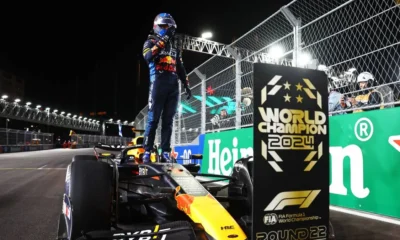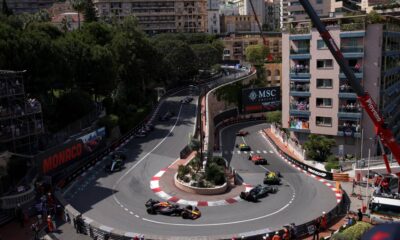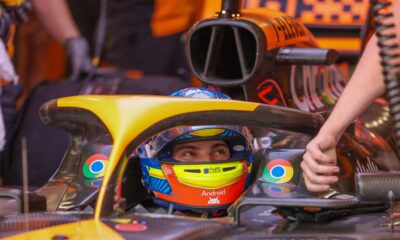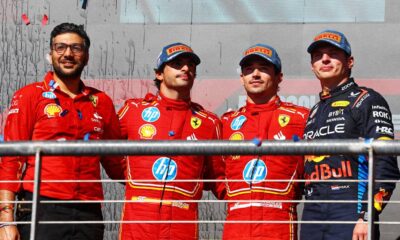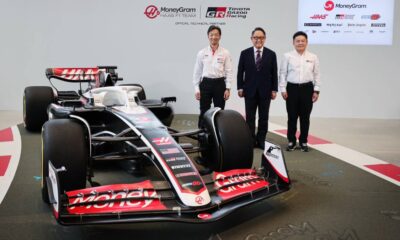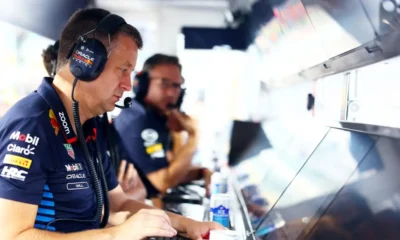Motorsport
The same mistakes that cost Masi his job. The FIA reversed the result of the US GP four days after it ended.
Fernando Alonso gave probably his best performance of the season in Austin. He fought his way up to seventh place after a collision with Stroll. But that was taken away from him a few hours later.
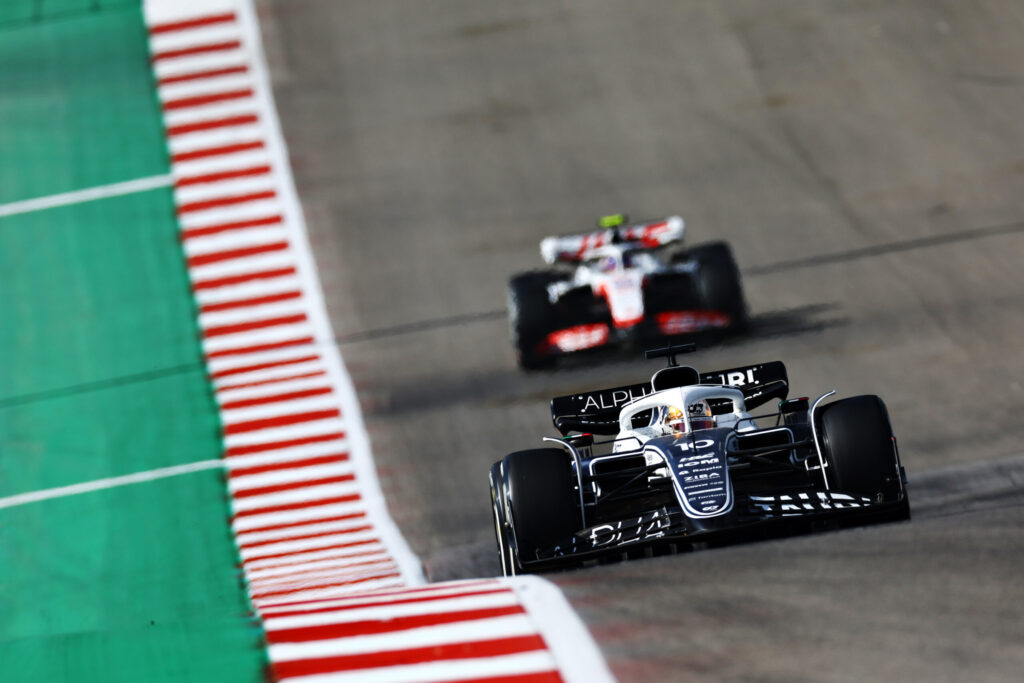
Fernando Alonso gave probably his best performance of the season in Austin. He fought his way up to seventh place after a collision with Stroll. But that was taken away from him a few hours later.
At the instigation of Haas, Alonso’s car was being examined to see if it was fit to race. The crash had damaged his right mirror, which fell off after a few laps.
Haas’ argument that the car was not in a safe condition was eventually accepted. The Alpine driver was given a 30-second penalty.
Even then, Haas did not like the fact that this situation had to be resolved by a post-race protest. In fact, its driver, Kevin Magnussen, was called into the pit lane three times this year by race management for the safety of the car.
But it wouldn’t be Formula One if there wasn’t another twist. Alpine lodged its own protest. Not because it thought Alonso’s car was OK. He was protesting Haas’ right to protest.
In fact, the American stable lodged its protest 24 minutes after the time limit for filing protests had expired. The FIA gave Alpine the right of way and gave Alonso back his seventh place in the US GP.
Masi has been replaced, but no change
The precedent was clearly set by the FIA, the damaged car is shown the black and orange flag and must therefore pit to have the car repaired. In Magnussen’s case it worked three times and always very quickly, most recently in Singapore.
So why wasn’t the black and orange flag shown to Pérez, who drove the first six laps with a damaged wing? And why wasn’t Alonso, who had a mirror on his car that had been flapping for a long time, called to the pits? And why was only one of them penalised?
Pérez, according to the sporting commissaires, was allowed to continue the race as his car was safe after the flapping part fell off his car completely. But they did not explain why the race management did not show him the black and orange flag beforehand.
In Alonso’s case, the commissioners acknowledged that the flopping mirror on his car was unsafe. Likewise, it is dangerous to race with only one mirror, and the rules clearly state that a car must have two mirrors.
The decision should be easy. The sports commissioners see a dangerous car on the track, so they tell the team to fix it. Instead, car safety is dealt with long hours after the race and the race results are decided in the office.
Moreover, Haas says he brought the safety of Alonso’s car to the attention of race management twice during the Grand Prix. The race management only replied that they were looking into the situation.
Chris Medland, F1 journalist, compared the whole incident to the Abu Dhabi VC 2021. Back then, Masi’s mistake directly decided the world championship. On a smaller scale, he believes the race management is making exactly the same mistakes.
So let’s hope we see the desired consistency in decision making as soon as possible.
Source:: FIA, Motorsport

